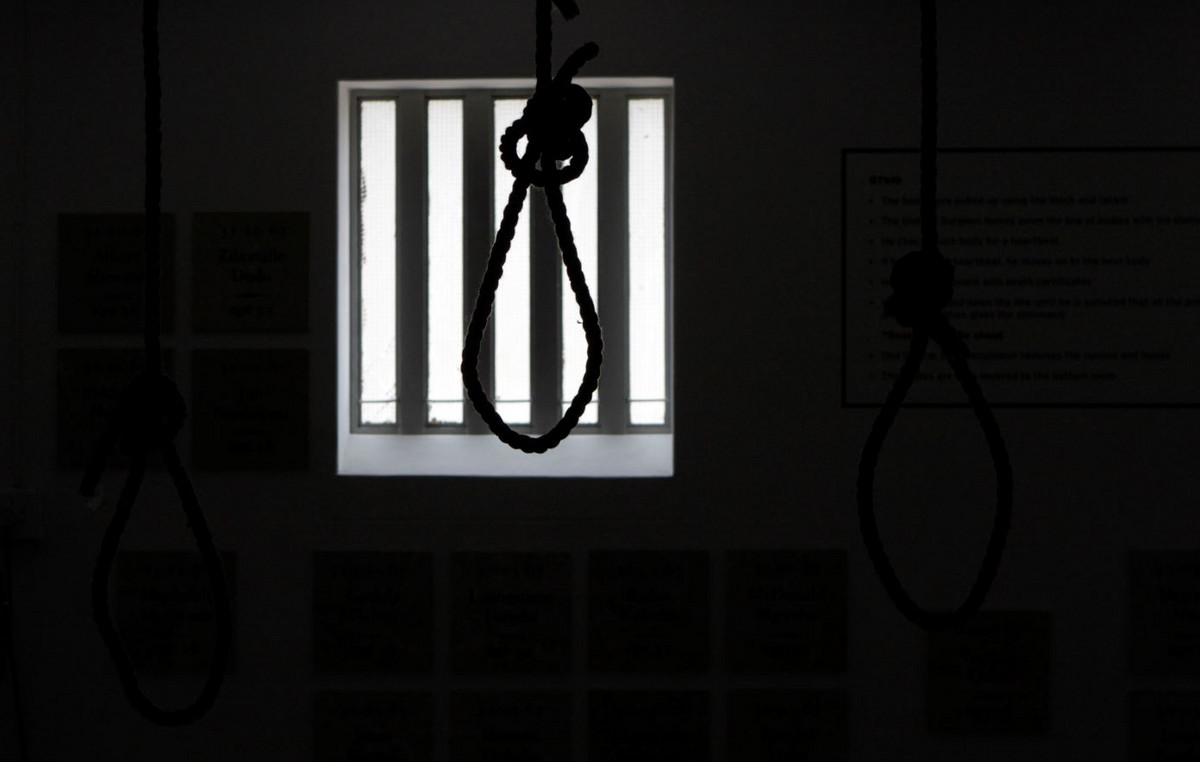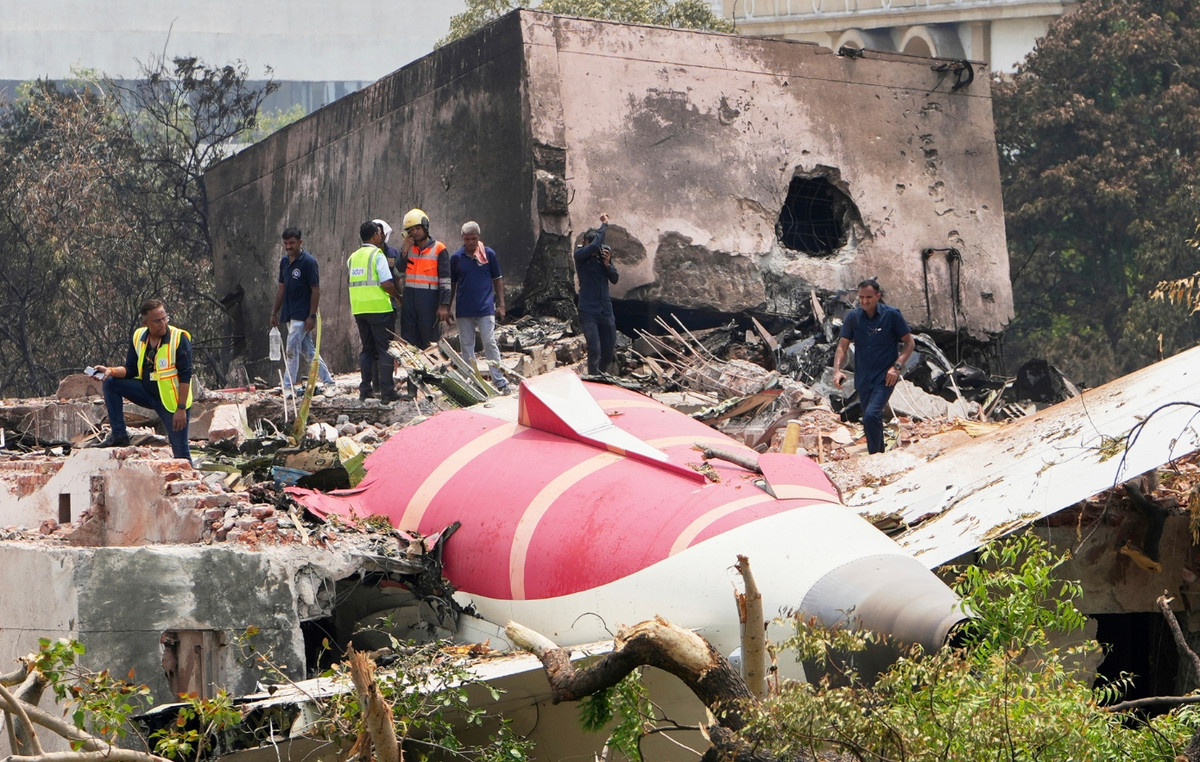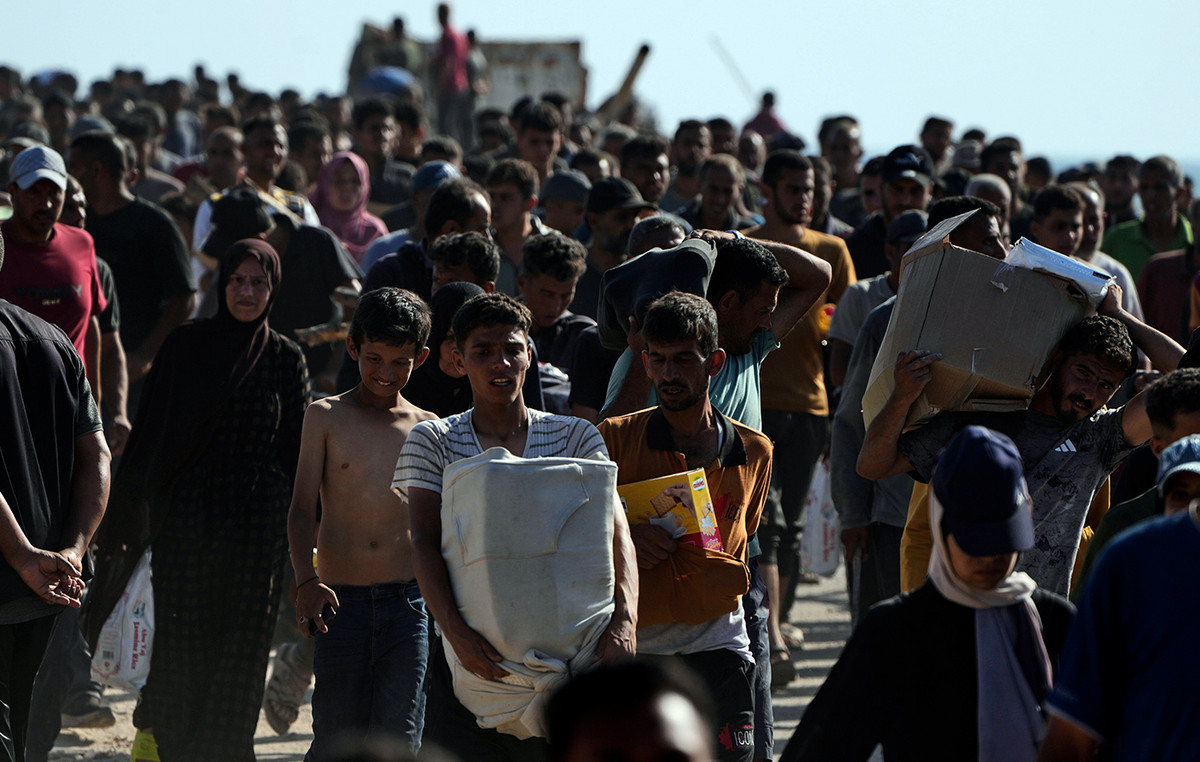Sweden and Finland are formally ready to end decades of neutrality and join the North Atlantic Treaty Organization (NATO), in a historic breakthrough for the alliance that strikes a blow at Russian President Vladimir Putin.
The last major obstacle to the two nations’ entry into the bloc was removed when Turkey abandoned its opposition on Tuesday.
This breakthrough came during a NATO summit in Madrid, which has already become one of the most important meetings in the history of the military alliance.
The two countries are now expected to become full members of NATO quickly, strengthening the bloc’s eastern flank months after Russia’s invasion of Ukraine.
Here’s everything you need to know about why the change happened, what’s next, and why it matters.
What are the latest developments?
Sweden and Finland announced their intention to join NATO in May after Russia’s invasion of Ukraine caused a sudden shift in attitudes towards joining the bloc.
This announcement was welcomed by almost all NATO leaders – but there was a significant hurdle. Turkish President Recep Tayyip Erdogan has said he is not looking to the two countries to join NATO “positively”, accusing them of harboring Kurdish “terrorist organisations”.
Under NATO rules, only a member state can veto the membership of a new candidate.
However, a major diplomatic breakthrough between the three countries took place at the NATO summit in Madrid on Tuesday. Turkey signed a trilateral memorandum with Finland and Sweden, raising their opposition and officially welcoming them to join the bloc.
“At NATO, we have always shown that, whatever our differences, we can always sit down, find common ground and resolve any issues. NATO’s open-door policy has been a historic success,” NATO Secretary General Jens Stoltenberg told reporters in Madrid.
On Wednesday, NATO formally invited Sweden and Finland to join, kicking off a multi-step process that will end with both countries as full members.
What happens next?
Stoltenberg said on Wednesday that he expects Sweden and Finland to become members of the military alliance quickly.
The invitation triggers a seven-step opt-in process. Key moments along this path include conversations between NATO and candidate countries. Candidates must formally accept membership obligations and then current member states sign a Protocol of Accession, before individually ratifying it at home.
“We need a ratification process in 30 parliaments – that always takes some time, but I also hope it’s quick because the allies are ready to try to make that ratification process happen as quickly as possible,” Stoltenberg explained on Wednesday.
After that, the candidate country is formally invited to join the Washington Treaty, the founding document of the alliance.
NATO has an “open door” policy – any country can be invited to participate if it expresses interest, as long as it is able and willing to uphold the principles of the bloc’s founding treaty.
The ratification process usually takes about a year, from the signing of the Accession Protocol by existing members to the country’s accession to the Washington Treaty.
But the war in Ukraine has added unprecedented urgency to Sweden’s and Finland’s accession, and the timetable could be accelerated accordingly.
How did the leaders react?
US President Joe Biden praised the move with Turkey, saying it sent a clear signal to Russia that NATO is united and growing.
“Sweden and Finland’s decision to move away from neutrality and the tradition of neutrality to join the NATO alliance will make us stronger and safer and NATO stronger,” Biden said. “We are sending an unmistakable message in my opinion… that NATO is strong, united, and the steps we are taking during this summit will further increase our collective strength.”
Biden said the two Nordic countries’ accession was a sign that Putin’s goals had backfired.
“Putin was looking for the Finnishization of Europe,” he said, referring to the so-called Finnishization dynamic that has seen Russia dominate its smaller neighbor’s foreign policy for decades. “He’s going to get the NATOization of Europe, and that’s exactly what he didn’t want, that’s exactly what needs to be done to ensure Europe’s security. And I think it’s necessary,” Biden said.
The move was welcomed by all countries on NATO’s eastern front, many of whom expressed concern that they could be next in Russia’s crosshairs if it succeeds in Ukraine.
Estonian Prime Minister Kaja Kallas said the step was “significant”, and Lithuanian President Gitanas Nausėda called it “wonderful news”.
What does NATO membership entail?
The reason most countries joined NATO is because of Article 5 of the North Atlantic Treaty, which stipulates that all signatories consider an attack on one member an attack against all.
Article 5 has been the cornerstone of the alliance since it was founded in 1949 as a counterweight to the Soviet Union.
The purpose of the treaty and Article 5 specifically was to deter the Soviets from attacking liberal democracies that lacked military strength. Article 5 guarantees that the resources of the entire alliance – including the massive US military – can be used to protect any member nation, such as smaller countries that would be defenseless without their allies. Iceland, for example, has no standing army.
Former Swedish leader Carl Bildt told CNN which did not provide for the construction of new large military bases in either country if they joined. He said joining the alliance would likely mean more training and joint military planning between Finland, Sweden and the 30 current members. Swedish and Finnish forces can also participate in other NATO operations around the world, such as those in the Baltic countries, where several bases have multinational troops.
“There will be contingency arrangements as part of deterring any adventures the Russians may be thinking about,” Bildt said. “Actual change will be quite limited.”
Why haven’t Finland and Sweden joined NATO yet?
While other Nordic countries such as Norway, Denmark and Iceland were original members of the alliance, Sweden and Finland did not join the pact for historical and geopolitical reasons.
Both Finland, which declared independence from Russia in 1917 after the Bolshevik revolution, and Sweden adopted neutral foreign policy positions during the Cold War, refusing to align with the Soviet Union or the United States.
Sweden’s policy of neutrality dates back to the early 1800s, when the country remained firmly outside European conflicts. Its King Gustav XIV formally adopted this neutral status in 1834, according to NATO, and Sweden declared a policy of “non-belligerence” during World War II – allowing Nazi troops to pass through its lands into Finland, while at the same time time when it accepted Jewish refugees.
Sweden chose to maintain its neutral status after the end of the war.
Finland’s neutrality has historically proved more difficult, as it shared a long border with an authoritarian superpower.
A Finno-Soviet treaty known as the Friendship Agreement, signed in 1948 and extended occasionally over the decades, prohibited Finland from joining any military alliance deemed hostile to the USSR, or from allowing a Western attack through Finnish territory.
To keep the peace, the Finns adopted an arrangement sometimes called Finlandization, in which leaders complied with Soviet demands from time to time. The term was coined during the Cold War and was applied to other countries in which a superpower exerts control over smaller neighboring states.
The balancing acts of both countries effectively ended the collapse of the Soviet Union. Sweden and Finland joined the European Union in 1995 and gradually aligned their defense policies with the West, while still avoiding joining NATO.
How the invasion of Russia changed everything
Sweden and Finland have been moving westward on security issues since joining the EU shortly after the end of the Cold War. But Russia’s invasion of Ukraine dramatically accelerated that process, prompting them to pull the trigger for NATO membership.
If the Kremlin were willing to invade Ukraine – a country with 44 million people, a GDP of around $516 million and a military of 200,000 active soldiers – what would stop Putin from invading smaller countries like Finland or Sweden?
“Everything changed when Russia invaded Ukraine,” Finnish Prime Minister Sanna Marin said in April. “The mindset of people in Finland, also in Sweden, has changed and changed very dramatically.”
Since the invasion of Ukraine in February, Finnish public support for NATO membership has jumped from around 30% to nearly 80% in some polls. A majority of Swedes also approve of their country joining the alliance, according to opinion polls.
How did Russia react?
Russia has criticized Finland and Sweden’s May decision to try to join the alliance. His deputy foreign minister, Sergei Ryabkov, said at the time that the move would be a “mistake” with “far-reaching consequences”, according to Russian state news agency TASS.
This followed similar threats from senior Moscow officials. Kremlin spokesman Dmitry Peskov said after the announcement that “NATO expansion does not make the world more stable and secure”. He added that Russia’s reaction will depend “on how far and how close to our borders the military infrastructure moves.”
Russia currently shares about 1,215 kilometers of land border with five NATO members, according to the alliance. Finland’s accession would mean that a nation with which Russia shares a 1336-kilometer border would become formally aligned militarily with the United States.
The addition of Finland and Sweden would also benefit the alliance, which would frustrate Russia. Both are serious military powers despite their small populations.
But Putin has so far been quieter in his rhetoric than some of his officials. Last month, he said that “Russia has no problems with these states”, adding that NATO expansion “does not pose a direct threat to Russia”.
“But the expansion of military infrastructure in this territory will certainly trigger our response,” he added at the Collective Security Treaty Organization in Moscow. “Let’s see what it will be based on the threats that will be created for us.”
Why is Russia so opposed to NATO?
Putin sees the alliance as a defense against Russia, despite having spent much of the post-Soviet era focusing on issues like terrorism and peacekeeping.
Before Putin invaded Ukraine, he made clear his belief that NATO had gotten too close to Russia and should be stripped of its borders in the 1990s, before some of Russia’s neighbors or former Soviet states joined the alliance. military.
Ukraine’s desire to join NATO and its status as a NATO partner – seen as a step on the road to eventual full membership – was one of numerous grievances cited by Putin in an attempt to justify the invasion.
Ironically, their invasion gave the alliance new purpose – and increased its strength.
*With information from: Luke McGee, Nic Robertson, Paul LeBlanc, Per Bergfors Nyberg and Niamh Kennedy of CNN and Reuters.
Source: CNN Brasil
I’m James Harper, a highly experienced and accomplished news writer for World Stock Market. I have been writing in the Politics section of the website for over five years, providing readers with up-to-date and insightful information about current events in politics. My work is widely read and respected by many industry professionals as well as laymen.







